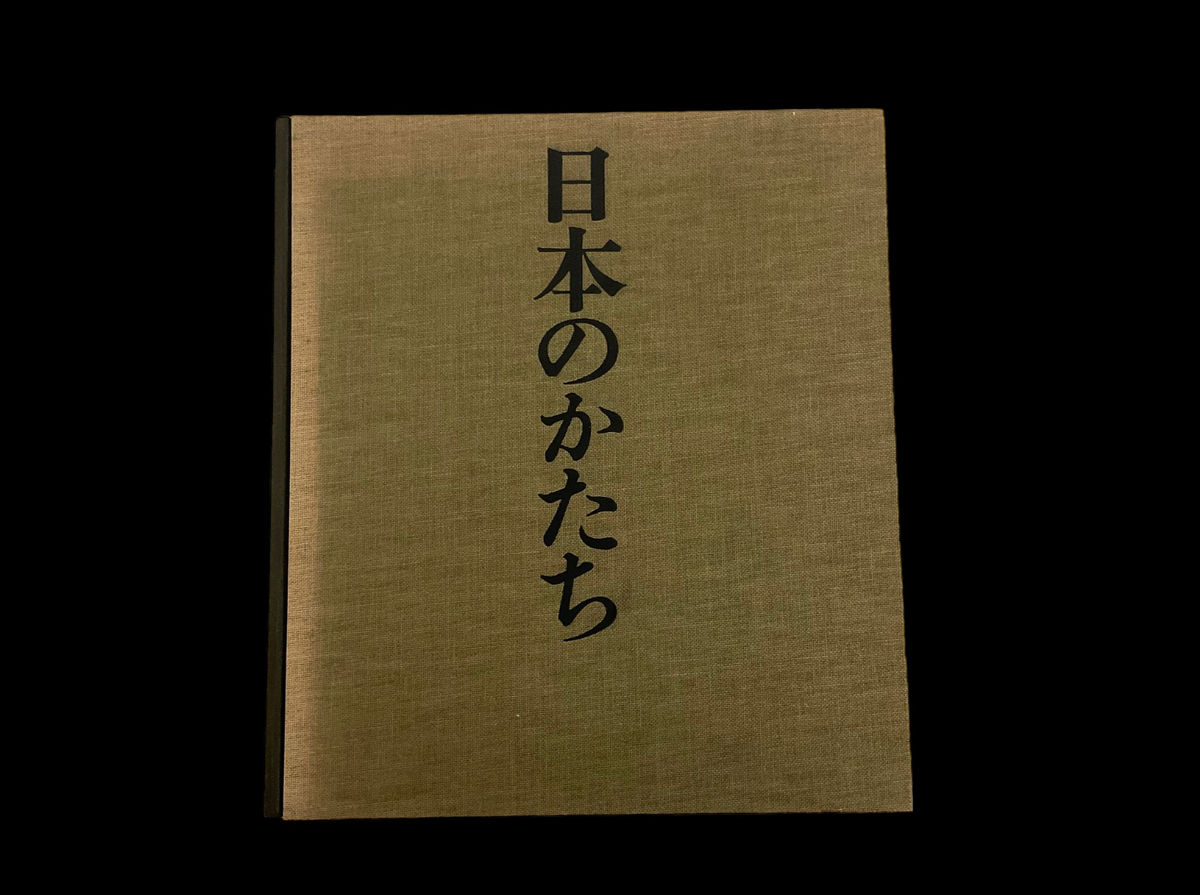Forms In Japan | Book Highlight

"The aesthetic needs of daily life seek out beauty." Yichiro Kojiro
Since opening the store downtown I've preferred to read during my daily commute. It’s a 30 minute ‘break’ in my day where I can indulge in my favorite Manga or Manwha and begin new recently discovered books.
The books I read often shape different aspects of my life so I would like to start sharing them with you. Don't worry, I will reserve these posts for my non-fiction reads versus graphic novels!
First up...
Forms In Japan (1965)
Yuichiro Kojiro
I was digging through a small section of used Japanese design books at Powell's (the beloved Portland bookstore) when I fell upon this read. I was immediately drawn to its minimalist cover, which had a grasscloth type texture and simple typography. It was so unassuming compared to the books around it. Paired with the beautiful black and white photography inside, I was hooked.
The object of the book was very straight forward; to approach an understanding of visual Japan by identifying the characteristics of the forms of its culture, and to make them known. The categories established in the text are incredibly complex and a bi-product of the individual analysis of the author. The writing at the beginning of the book can come off almost scholarly, but Kojiro's intentions become increasingly clear after the following statement:
"We did not start this project because our interest was stirred only by forms and patterns. Our object was to capture what lies behind these forms and what is characteristic of the human spirit that created them."
Kojiro proceeded to break down what determines form into four distinct categories; Material (raw materials which constitute the substance of form), Hand (technical skill or talent that creates the form), Purpose (the use for which the form is intended), and Idea (the artistic coalition, conception or inspiration to create the form).
After establishing what determines form, the different classification of forms were broken down into four major categories; forms of Unity, Force, Adaptation, and Change. These were further divided into the subcategories of Continuation, Union, Collections, Arrangement, Enclosure, Support, Curve, Fluidity, Natural, Reduction, Twisting, Severing, and Transfiguration. The rest of the book is comprised of beautiful images informing each category and different ways it is represented in Japanese design.
This read was not only informative of Kojiros' perception of Japanese design, but it continually reminded me that we in the West are not aware of the need to name the aesthetic qualities of our culture and the distinctions between them; something which the Japanese have created with a special kind of sensibility.
The translators' preface perfectly summarizes the importance of defining a cultures true aesthetic beliefs:
"The effort to seize such terms in their full range of meaning is profitable. For they enrich our perceptions." ... and I wholeheartedly agree.
This publication is out of print, but if you can get ahold of a used copy, scoop it up right away and consider yourself lucky.




